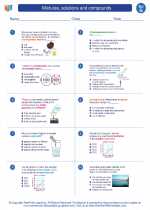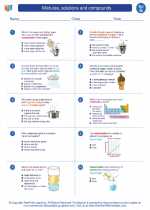Key Concepts in Taxonomy Classification: The process of grouping organisms based on their similarities .Taxonomic Ranks: The hierarchical levels used to classify organisms , such as domain , kingdom , phylum , class , order , family , genus , and species .Binomial Nomenclature: The system of naming organisms using the genus and species names, such as Homo sapiens for humans .Evolutionary Relationships: Taxonomy also aims to reflect the evolutionary history of organisms , grouping them based on shared ancestry.Tools and Techniques: Scientists use a variety of tools, including DNA analysis, to determine the evolutionary relationships and classify organisms accurately.Study Tips Memorize the taxonomic ranks in order : Domain , Kingdom , Phylum , Class , Order , Family , Genus , Species (Dear King Philip Came Over For Good Soup). Understand the principles of binomial nomenclature and how to properly write scientific names. Practice using dichotomous keys to identify and classify organisms based on their characteristics. Learn about the three domains of life : Bacteria , Archaea , and Eukarya , and the major kingdoms within each domain . Explore the diversity of life by studying specific examples of organisms within different taxonomic groups. Read More...





